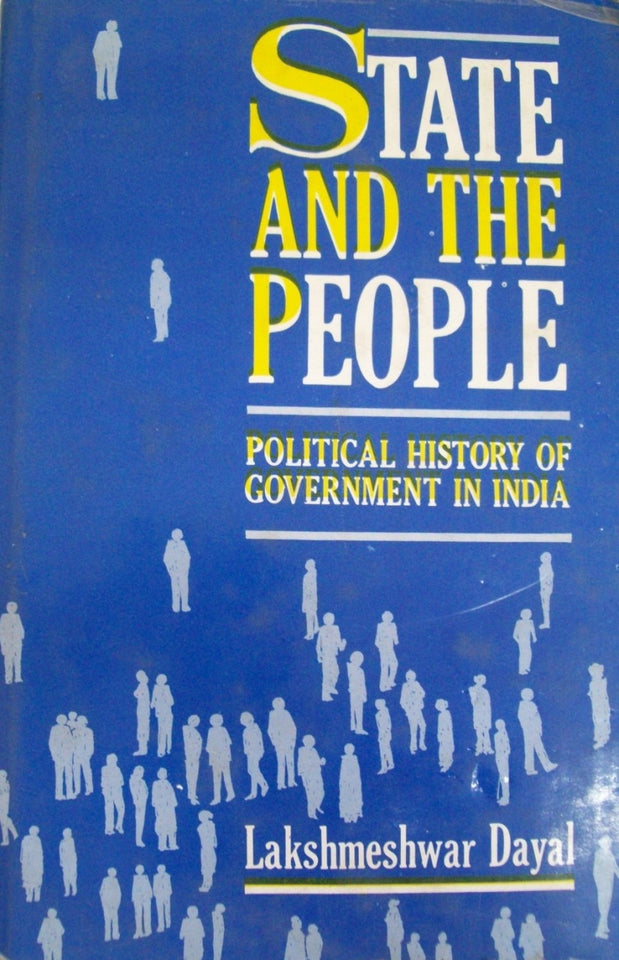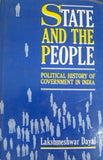State and The People
Regular price
Rs. 550.00
This is a study of the attitudes and policies of governance in India, tracing the origin and rise of the system in the 18th century under the British, extending across the Independence, down to the present times. The political impulses which influenced India’s administration are brought out in terms of the distance between State and the People. For conceptual background, the place of the human individual in power structure, as it evolved under the three great world traditions, the Western European, ancient Indian, and medieval Muslim, is sketched out, along with Mahatma Gandhi’s revolutionary idea of the empowerment of every person in the political system. Departing from conventional historiography and chronological narration, the author tries to address basic issues which bear upon India’s predicament, demonstrably epitomised in the State of Bihar. Alienation between State authority and common people, the study shows, continues to make the system increasingly oligarchical, rather than democratic. The author claims that a massive, all embracing hierarchical administration, such as the one planted by British rulers, was alien to Indian tradition. Leaders of the freedom movement recognized the irrelevance of the system for an independent, democratic nation, but as they started entering the portals of power after government of India Act, 1935, the perception started to change until, finally with Independence, not only was it maintained but was allowed to be aggravated. Gandhi’s voice died. The mai-baap style of British Indian civil service arose from the authoritarian character of the regime wherein the administrator and the government were indivisible. Any opposition to government was an indiscipline which had to be checkmated, at the cost of rule of law on which the British Indian bureaucracy prided itself. The study brings out disturbing similarities between the ethos of the post-independence IAS and colonial ICS. The capacity of the Indian masses for struggle and resistance is, however, shown up, as exhibited, famously, right since British occupation, in the tribal movements of eastern India, the revolt of 1857, and the Quit India Movement of 1942. As a case-study of a people-unfriendly regime of governance, the author examines, with his direct knowledge as an insider, the state of decline and underdevelopment in Bihar. This covers three areas which lie closest to people’s lives, namely, education, tiller’s right over land, and agricultural development.
Lakshmeshwar Dayal (b. 1926) was in the IAS and served as Addl. Secretary, Government of India, and Chief Secretary, Bihar. After retirement, he has made himself known as a social activist, columnist and public speaker. He undertook this study as Senior Fellow, Indian Council of Historical Research, New Delhi
Guaranteed Safe Checkout





